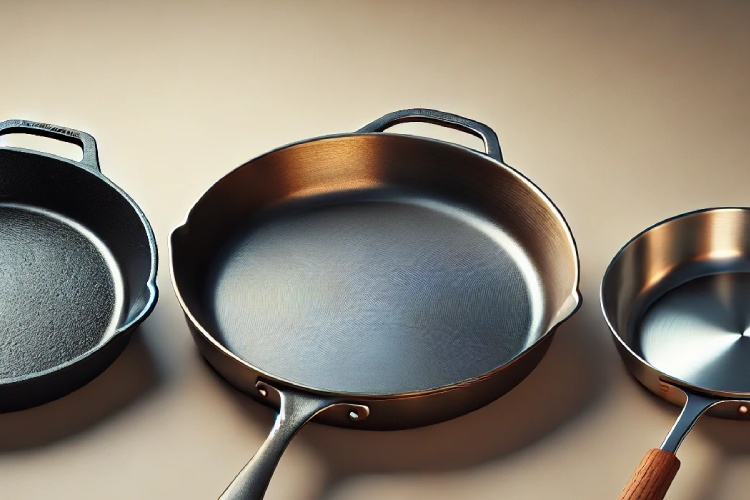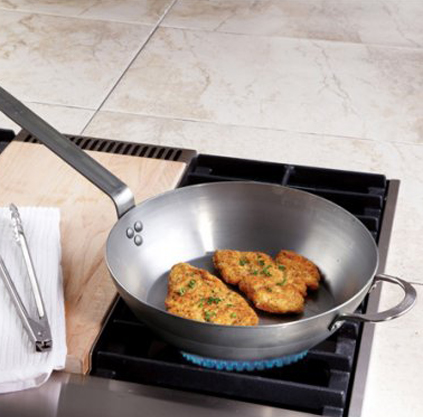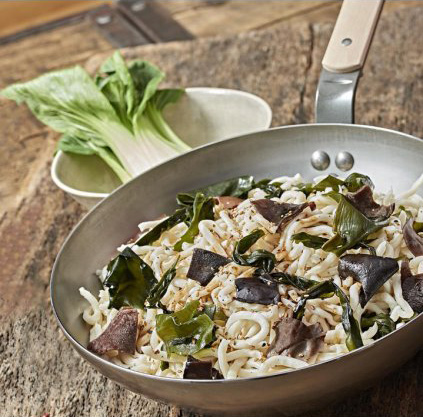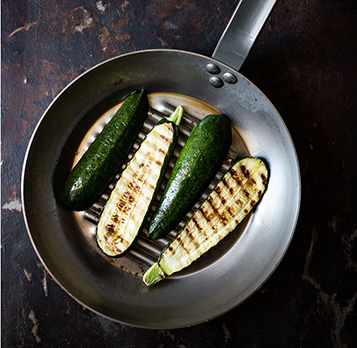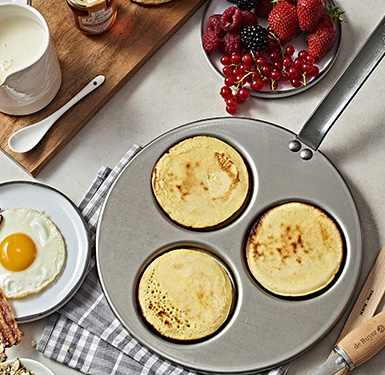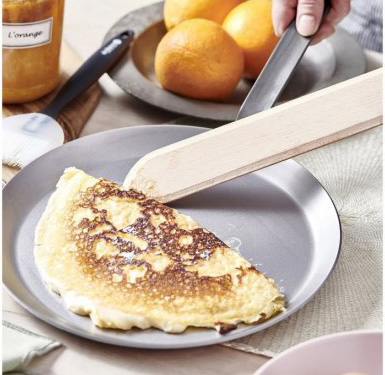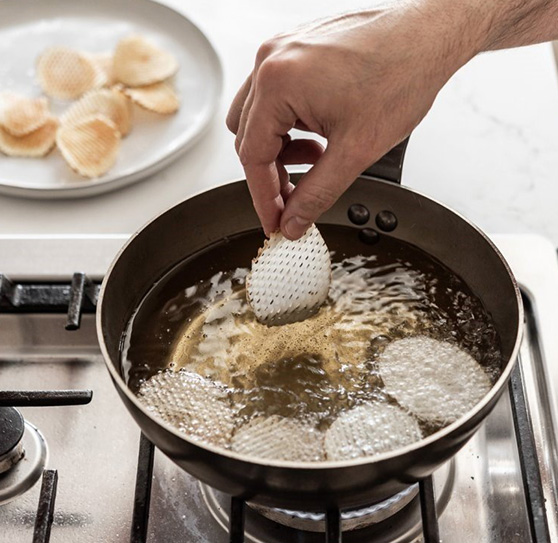Steel is valued in the kitchen for its durability and ability to reach high temperatures, which makes it ideal for preparing perfectly and evenly cooked steaks, but also for delicate vegetables or sweet dishes such as pancakes or pancakes. Whichever purpose you choose steel for, you will be pleasantly surprised by its thermal conductivity, even heat distribution and dimensional stability, among other things.
Whether you're an enthusiastic home cook or a professional looking for the best equipment for your kitchen, right next door of proper knives you will want to pay attention to choosing the right pan as well. Steel pansThanks to their robustness and versatility, they are becoming an increasingly popular choice. If you look for a recommendation for the best material from a professional, the answer will most likely be steel or cast iron. Let's dive into the world of steel pans and explore why at least one should be part of your kitchen equipment.
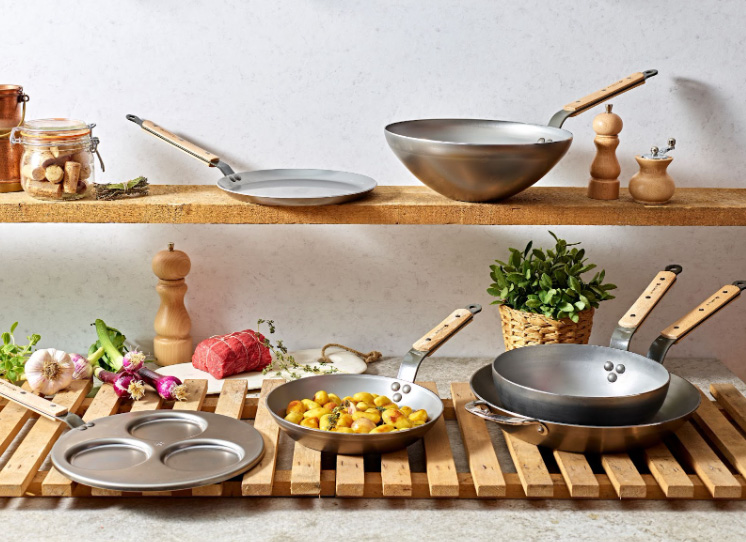
Advantages and disadvantages of steel pans
Best steel pans according to customer reviews
Preparation of the steel pan before first use
It is important to fire the steel pan before first use. This process creates a protective layer that reduces adhesion and increases the durability of the pan. Burning involves cleaning the pan, coating it with oil and heating it to a high temperature. This polymerises the oil and forms a protective layer. Simply put - The blacker the surface of the pan you gradually achieve, the better the properties it will reward you with. Even to the extent that its non-stick properties far surpass pans made of other materials with a non-stick surface prone to scratching.
What's for dinner? Choose the right arsenal!
CULINA TIP
When choosing a steel pan, consider the size and shape based on what you cook most often. Smaller pans are great for single servings, while larger pans will be appreciated when cooking for the whole family. The shape and depth of the pan and the height of its rim affect how easy it will be to stir, flip or serve a particular dish. For examplefor pancakes is a suitable pan with a low rim,for steaksThe will again fit the bottom with typical gridding.
Let's compare iron pans:
Steel pan vs. cast iron pan
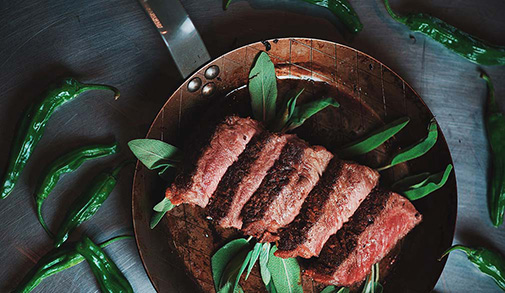
An iron pan with a carbon admixture, specifically up to 2.14%, is otherwise known as a carbon steel pan. A durable shank made from pure, natural materials without potentially harmful chemicals that can handle any kitchen challenge.
- It is made of carbon steel, which is an alloy of iron with a small amount of carbon. Carbon steel is harder and more durable than pure iron.
- Steel pans can be lighter than cast iron, which makes them easier to handle.
- They have a quick response to temperature changes, making them suitable for cooking that requires full control.
- Steel pans require regular maintenance in the form of gentle washing, thorough drying and occasional oil treatment to prevent rusting and maintain their non-stick properties.
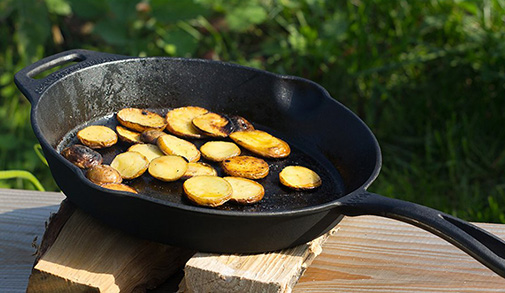
The iron pan, which has been given more than 2.14% carbon in terms of material, will often be slightly heavier and more robust than its steel counterpart. However, it does not disappoint in terms of durability and stability, and here too it is a pan made from purely natural materials that do not release any harmful substances into the food.
- Cast iron pans are made of an iron alloy with a higher amount of carbon than carbon steel, which gives them their characteristic properties.
- They are heavier and more robust, which can be an advantage for even distribution and temperature retention, but a disadvantage for handling.
- They have an excellent heat capacity (= retains temperature for a long time), which makes them ideal for slow cooking or frying.

